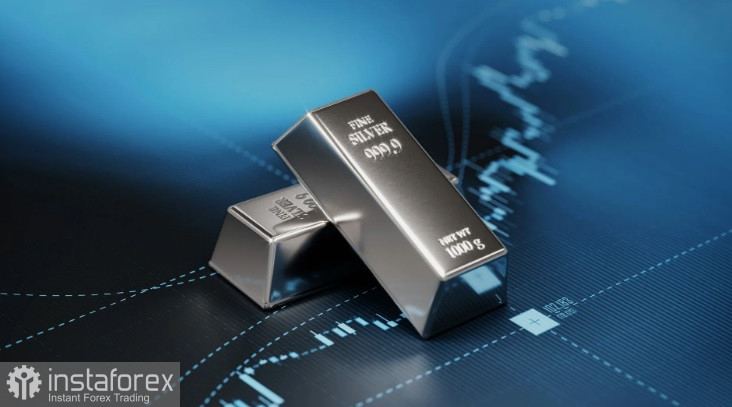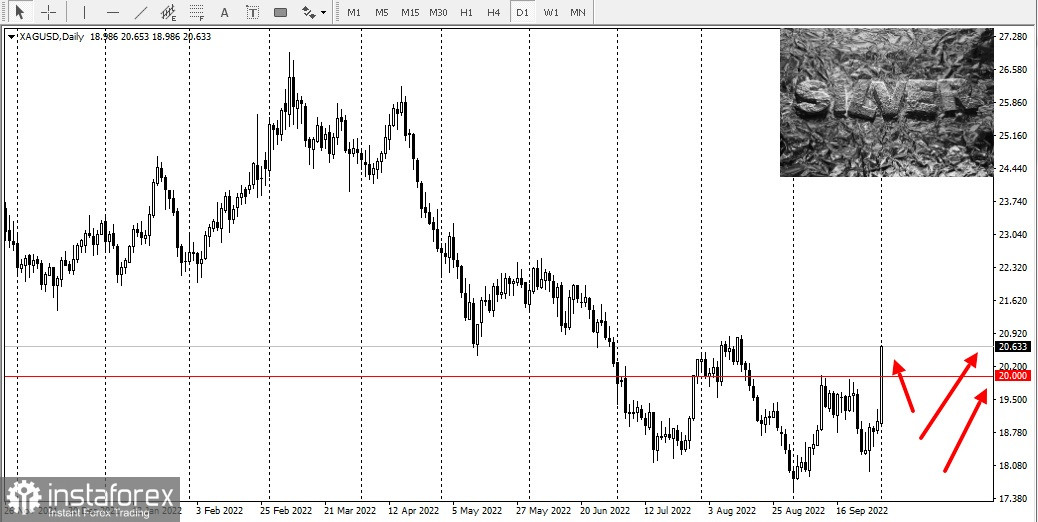
Improved market sentiment sees the silver market reach a six-week high, with prices showing a solid break above the critical $20/oz psychological level.

Analysts note that silver is not only supported by solid fundamentals, but also because of being oversold during the summer months.
It also rose days after Oxford Economics announced that it is an important asset in their investment portfolio. This is related to the recent economic research that said distributing 4% to 6% of this asset in the portfolio will benefit investors. The percentage is significantly higher than most institutional portfolios, where the share of silver is usually no more than 0.2% and is mainly achieved indirectly through commodity indices. This is because most investors view gold and silver as similar monetary metals, and only Oxford Economics remarked that there are important differences between the two. One of them is industrial demand as approximately half of the demand for silver is for industrial applications.
While silver's price performance is closely linked to that of gold, analysis shows that its characteristics differ to make it a valuable diversification tool that guarantees its own portfolio commitment. It has a relatively low correlation with developed markets, which makes it a valuable diversification tool. And even though the metal is inferior to gold as a safe-haven asset, it can still cut losses during periods of market stress.
Over the past decade, the gold/silver ratio has been in a steady uptrend. Silver tries to outperform gold in uncertain economic conditions; however, Oxford Economics said it expects trends to change over the next few years. This is because the price of gold is likely to come under pressure in the short term as safe-haven flows decline and uncertainty subsides. Meanwhile, silver will benefit from stronger industrial demand.
Oxford Economics' baseline forecast assumes that the global economy will avoid a severe downturn, with global GDP averaging around 2.7% over the next five years. There may be a peak in inflation in 2022 and a resumption of the last decade's disinflationary trend.





















